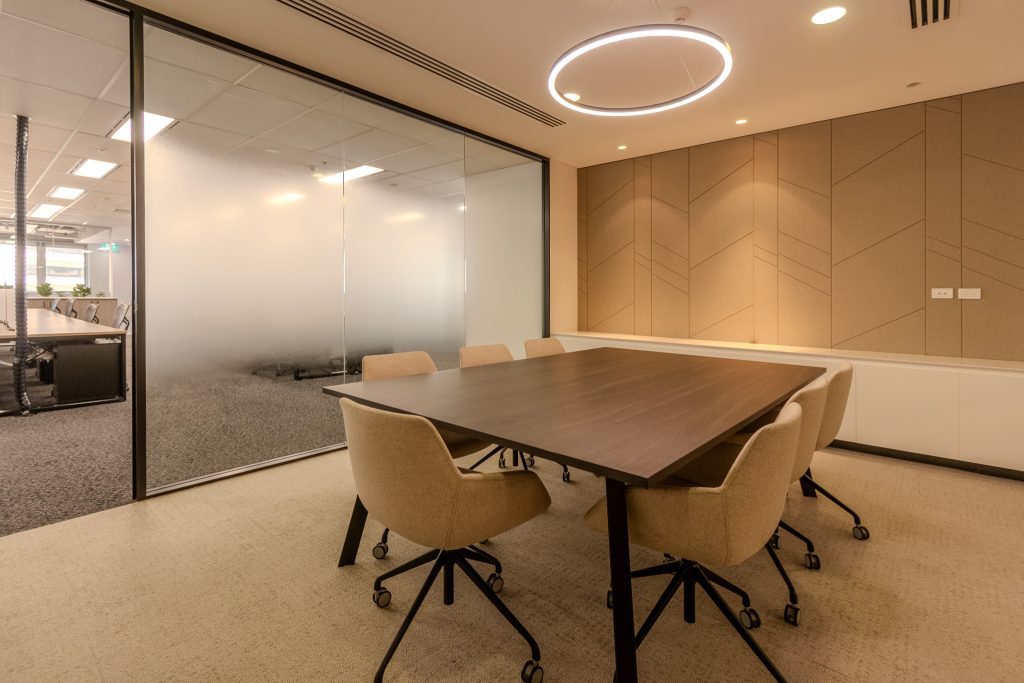4 Considerations For The End Of Your Office Lease
Your business’s lease is close to expiring – what are your options?


If you’re new to the world of commercial office leasing, you might have come across the term “lease incentive” and wondered what it means. Lease incentives are tools used by building owners to attract businesses to lease space within their office properties. These incentives can significantly reduce your overall costs and make a particular space more appealing.
Lease incentives can come in various forms, depending on the building owner and the market conditions. Common types of lease incentives include:
The level of incentive offered is generally influenced by market conditions. For example, in a market with high vacancy rates, like Brisbane’s office leasing market has seen in recent years, landlords may offer more substantial incentives to attract tenants. Conversely, in markets with lower vacancy rates, such as Sydney or Melbourne, incentives tend to be lower.
Lease incentives are usually calculated based on the gross rent, the size of the leased area (measured in square meters), and the lease term. Here’s a simplified example:
Calculation:
In this example, as the tenant, you would receive a total incentive of $187,500. This incentive could be applied toward your fit-out costs, rent abatement, or other agreed-upon terms.
If you need to build out your office space, the incentive can cover some or all of these costs. For instance, if your fit-out costs $800 per sqm (totalling $160,000), the remaining $27,500 from the incentive (after covering fit-out costs) could be applied as a rental reduction over the lease term. This would result in a rent reduction of $5,500 per year plus GST, which translates to $27.50 per sqm annually.
Each landlord may have a different approach to managing fit-out incentives. Some may directly pay the fit-out company on a schedule, while others may require the tenant to manage and fund the fit-out, reimbursing the tenant afterward. Typically, the landlord retains ownership of the fit-out for depreciation purposes.
The length of your lease term affects the total incentive amount. For example, a 3-year lease would result in a smaller incentive pool than a 5-year lease. If the fit-out costs exceed the incentive amount, you may need to cover the difference out-of-pocket, reducing the potential for rent abatement.
Some landlords pre-build fit-outs (known as speculative fit-outs) to attract tenants. In these cases, the cost of the pre-built fit-out is deducted from the incentive pool, leaving a smaller amount available for rent reduction.
If you find a space with an existing fit-out that suits your needs, you may be able to allocate the entire incentive as a rent abatement, potentially reducing your overall lease costs. While there may be trade-offs in terms of fit-out design and quality, the cost savings and flexibility of a shorter lease term can be valuable.
Lease incentives can be intricate, but with the right strategy, they can significantly benefit your business. At Caden Office Leasing, our experts are dedicated to tailoring lease incentives that align with your unique goals and budget. Let us help you secure the ideal office space in Brisbane. Contact us today to explore your options and make the most of your lease.
Looking to contact the Caden Team? Get in touch by giving us a call or drop us an email.




Looking for one of our expert agents? Get in touch by giving us a call. Get access to all CBD offices with our team.



